10 Best Adventures of 1987
By:
March 12, 2020
Thirty-three years ago, the following 10 adventures from the Eighties (1984–1993) were first serialized or published in book form. They’re my favorite adventures published that year.
Please let me know if I’ve missed any adventures from this year that you particularly admire. Enjoy!
- James Ellroy’s L.A. Quartet crime adventure The Black Dahlia. The (real-world) mutilation and murder of Elizabeth Short, known posthumously as the “Black Dahlia,” in postwar Los Angeles, serves as the backdrop to Ellroy’s seventh crime novel — the first installment in the author’s L.A. Quartet. Fact (we begin with the so-called Zoot Suit Riots of 1943) and fiction are artfully blended in the story of detective Dwight “Bucky” Bleichert, who takes up the all-but-hopeless Black Dahlia case when his obsessed partner, Lee Blanchard, goes missing. The LAPD, we discover, is a corrupt police department in a corrupt city; among the less-than-upright characters we encounter here are Kay, a former gangster’s moll; Madeleine, a promiscuous socialite who resembles Short (and with whom Bleichert becomes entangled); Madeleine’s father Emmett, a sleazy property developer; a weirdo named Georgie; all of whom — or so it seems to Bleichert — are responsible, to some degree for Short’s death. Short, meanwhile, emerges as a complex character, too: Her own promiscuity with servicemen seems to have had something to do with an early trauma. There’s much more going on than what I’ve described here: boxing, prostitution, pornography, Hollywood, racism, payoffs, ambitious prosecutors, murder. It’s an epic, one which earned Ellroy a well-deserved reputation as a serious writer. Fun facts: Ellroy would later reveal that his own mother’s rape and murder led him to become obsessed with the Black Dahlia case — which, in real life, was never solved. Subsequent titles in Ellroy’s L.A. Quartet are: The Big Nowhere (1988), L.A. Confidential (1990), and White Jazz (1992). The Black Dahlia was adapted as a movie in 2006 film by Brian De Palma, starring Scarlett Johansson, Josh Hartnett and Aaron Eckhart. It flopped.
- Iain M. Banks‘s Culture adventure Consider Phlebas (1987). When Banks set about rebooting sci-fi’s Space Opera genre, he invented the Culture — a post-scarcity, galaxy-spanning, left-libertarian society of humanoids, aliens, and godlike “Minds” (artificial intelligences) dwelling primarily in spaceships and other off-planet constructs. Although self-sufficient, the Culture derives its sense of purpose from improving the lives of those in developing societies. Sounds utopian, right? However, Bora Horza Gobuchul, protagonist of the first Culture novel, is an honorable, principled shape-shifter who despises the Culture for its decadence. There’s a war going on between the Idiran Empire (a three-legged, religious, warrior race) and the Culture; Horza — whom we first meet in a prison cell slowly filling with sewage — is an agent of the unpleasant Iridans. His mission? Capture a damaged Culture Mind (which was intended for use on a new class of warship) that’s stranded on an off-limits, post-catastrophic planet. Banks is perhaps having too much fun with the genre, in his first effort: there’s a prison break; Horza joins a crew of pirates and is taken prisoner by a cannibal cult; the Culture destroys one of its own mega-colonies; and there’s a dizzying array of future tech. It’s also perhaps a bit too long-winded, a bit too much telling vs. showing, at times. But it’s a very impressive effort, and Perosteck Balveda is the first of many interestingly conflicted Culture agents that we’ll encounter. Fun fact: Nebula-winning sci-fi author (and HILOBROW friend) Charlie Jane Anders has recounted, of Consider Phlebas, that the book “made me start reading science fiction in general, after a lapse, and made me want to write in the genre myself.” Amazon announced in 2018 that it has acquired the TV rights to Consider Phlebas, which will be adapted by Dennis Kelly.
- Ann Nocenti’s run on Daredevil (1987–1991). Having worked at Marvel for several years as one of comicdom’s first female editors and writers, in 1987 HILOBROW friend Ann Nocenti was tapped to write Daredevil — following Frank Miller’s run on the title, during which he’d transformed the titular superhero into one of Marvel’s most popular characters. Beginning with issue #238, she spent over four years as the series’ regular writer; for much of that time, John Romita Jr. was penciler and Al Williamson inked. Nocenti tackled social issues, pitting Daredevil (and his alter ego, blind lawyer and community activist Matt Murdock) against not merely criminals and supervillains, but racism, sexism, and government corruption. A restless experimentalist, Nocenti set her stories not only in the mean streets of Hell’s Kitchen, but in hallucinatory dreamscapes where nothing was as it seemed. Typhoid Mary, one of Nocenti’s best-known characters, is a lethal assassin, “love-maker and man-hater” who battles Daredevil… while beginning a steamy romance with Murdock. A smart, if deeply troubled figure, she offers sharp commentary on male violence. Romita Jr’s artwork kept up with Nocenti’s complex imagination, giving us explosive action scenes, surreal visions, and realistic street-life scenes. Fun facts: In an interview, Nocenti described the Daredevil franchise as “a rich minefield of contradictions that can be riffed on endlessly.” The 1987–1991 run has been reprinted in the Daredevil Epic Collection, particularly volume 13: A Touch of Typhoid.
- Octavia E. Butler‘s Xenogenesis sci-fi adventure Dawn. The first installment in Butler’s Xenogenesis trilogy (also known, collectively, as Lilith’s Brood) begins with the reawakening of Lilith Iyapo, a young black woman who was abducted from a post-apocalyptic Earth by an alien race, the Oankali… 250 years ago. The Oankali, who possess the ability to interbreed with any humanoid species, travel the galaxy doing so; they manipulate the genes of their offspring as needed to allow these new species to thrive in particular environments. The nearly extinct humankind has obviously failed, they inform Lilith… so why doesn’t she help them oversee a program of breeding little tentacled Oankali/human babies? Lilith is caught between a rock and a hard place: her fellow human survivors have a tendency to be xenophobic, violent, and misogynistic; while the Oankali are peaceful and reasonable… yet they view humans as an inferior species, without inherent rights. If it sounds to you as though Butler is exploring themes of sexuality, gender, race, and species in a nuanced, complex fashion, you’re right; she’s also recapitulating not only the story of African slaves in America, but the story of their descendants’ struggle, as well. Lilith is a strong character, yet within the context of Oankali imperialism, she lacks agency. Like Butler’s other black female characters, she refuses to capitulate to either/or choices. Fun fact: The sequels to Dawn are Adulthood Rites (1988) and Imago (1989). In 2017, it was announced that Ava DuVernay will adapt Dawn for television, with director Victoria Mahoney and producer Charles D. King. This will be the first on-screen adaptation of Butler’s writing.
- Caroline Graham’s Chief Inspector Barnaby crime adventure The Killings at Badger’s Drift. Did Emily Simpson, elderly resident of the idyllic, postcard-perfect English village Badger’s Drift, die of a heart attack? Miss Bellringer, her eccentric spinster friend, believes Emily was murdered; and an autopsy indicates that hemlock was introduced into her glass of wine. Soon enough, Mrs. Rainbird, mother of the village undertaker, is also murdered. Aided by the boorish, small-minded Sgt. Troy, Detective Chief Inspector Tom Barnaby investigates the killings at Badger’s Drift. Whodunit: The vicar, the gamekeeper, the creepy undertaker, the doctor’s wife, the smart-alec artist? Barnaby acrimony, scandal, and old resentments — perhaps related to a long-ago murder — in the village. The characters are nuanced, the prose is witty. Like some of my favorite English novelists, Graham writes beautifully about the landscape… which makes the grisly murders all the more jarring. There is also a great deal of horticultural detail to be found, for better or worse. A Golden Age-style murder mystery set very much in the modern world; Barnaby’s first outing is a promising start. One of these days, I’ll read some of the others. Fun facts: Adapted as the pilot of Midsomer Murders, a popular British TV series based on Graham’s books. John Nettles portrayed DCI Barnaby.
- Monica Furlong’s Doran fantasy adventure Wise Child. In a remote Scottish village, a nine-year-old girl known as Wise Child — a snarky nickname — is taken in by Juniper, a healer and doran (Celtic sorceress) reputed to be in league with the devil, when her grandmother dies. Spoiled and lazy, proud and impetuous, Wise Child reluctantly learns to read, write, and pay close attention to — and behave in harmony with — the patterns of nature; it’s a female, rural version of Captains Courageous. Juniper, who refuses to attend Mass, also educates her protégée about Scotland’s old, pre-Christian religion. For the first half of the book, we’re not certain if there’s any magic in it, at all. However, when Maeve’s mother, who turns out to be a wicked witch, reappears, Wise Child discovers the extent of her own supernatural powers. Meanwhile, the local priest decides it’s time to get rid of Juniper; and the suspicious, fearful villagers don’t disagree. Will Wise Child listen to her mother, the priest and villagers, to Juniper — or to her own, inner voice, which she’s learning to trust? Some readers complain that Juniper is too good — kind, patient, wise, loving — to be true. Others love the domestic details about, say, the routine of growing, cutting, drying, and straining herbs; Juniper’s most crucial lesson has to do with finding meaning in your labor. What decision will Wise Child make? Fun facts: The Doran trilogy also includes Juniper (1990) and Colman (2004). Furlong also wrote nonfiction about, e.g., Thomas Merton, Thérèse of Lisieux, Alan Watts, the spiritual life of aboriginals, and medieval women mystics.
- Iain Sinclair’s occult adventure White Chapell, Scarlet Tracings. Sinclair’s first novel interweaves a present-day yarn about a gang of cutthroat “bookmen” (who are vying to obtain a long-lost, ultra-obscure copy of A Study in Scarlet, the first Sherlock Holmes adventure) with a reimagining of the Jack the Ripper murders. Working in the vein of Michael Moorcock, Alan Moore, and other London-obsessed psychogeographers, the author — a far-out poet and cutthroat bookman — paints a grotesque, expressionist portrait of one of the world’s most semiotically loaded cities. Nicholas Lane, an ulcerous book dealer, and his crew roust a colleague in the middle of the night — his own accomplices are busy forging authors’ signatures, meanwhile — and ransack his bookshop. Back in the Victorian era, Dr. William Gull, one of the Physicians-in-Ordinary to Queen Victoria, stalks the impoverished Whitechapel district of London in search of human prey. What do the two storylines have in common? A Study in Scarlet may hold some clues to the Whitechapel murders…. A difficult but rewarding read; if the plot is opaque, the prose is extraordinary. Fun facts: Sinclair became well-known for Downriver (1991), a kind of sequel to White Chapell, Scarlet Tracings; Radon Daughters (1994) is the third installment in the series. His psychogeographical essay collection Lights Out for the Territory (1997) has proven even more popular and influential than his fiction. Alan Moore, whose 1989–1998 graphic novel From Hell was in part inspired by Sinclair’s novel, has described White Chapell, Scarlet Tracings as “a manifesto for a future literature that has more blood, more brains, and more mysterious beauty.”
- Douglas Adams’s sci-fi/crime adventure Dirk Gently’s Holistic Detective Agency. Dirk Gently, self-proclaimed Holistic Detective, is convinced that even the most inexplicable mystery can be cracked via deep insight into the fundamental interconnectedness of all things. (He is, that is to say, a semionaut; or an affectionate parody of one; he also bears more than a passing relationship to Wodehouse’s Psmith.) Gently’s theory is put to the test when his old schoolmate, Richard MacDuff, apparently murders his boss, Gordon Way. Way was killed after MacDuff attended an event during which Professor Urban “Reg” Chronotis, performed an inexplicable magic trick… and at the finale of which an Electric Monk and his horse traveled from an alien planet to Chronotis’s bathroom. Might ancient astronauts, time travel, and Coleridge be involved? Is the fate of humankind at stake? Is this, as the author claimed, a “thumping good detective-ghost-horror-who dunnit-time travel-romantic-musical-comedy-epic”? Yes. Fun facts: Dirk Gently would reapper in The Long Dark Tea-Time of the Soul (1988); Adams never completed the third installment in the trilogy. Samuel Barnett (as Gently) and Elijah Wood (as Gently’s sidekick, Todd) starred in the 2016–2017 BBC America TV series, which was set in Seattle (first season) and a fictional Montana town.
- Ruth Thomas’s hunted-man adventure The Runaways Julia and Nathan, eleven-year-old Londoners with problems at home, are bullies at school. Although they dislike one another, when they cut school and discover a large amount of cash, they’re forced to forge an alliance of sorts. Initially, they attempt to use the money to make themselves popular in school, but when their teachers and parents become suspicious, they take it on the lam. Which makes matters worse — life on the run is much harder than they’d imagined. In the course of their struggle to survive in the English countryside (and evade the police), the two learn to fend for themselves, live by their wits; and they forge a unique friendship. “I made my central characters a boy and a girl, one black and one white, not just because I was aware from my own experience of how great was the need for stories with which black children could identify, but also to start them off as different from each other as they could possibly be,” Thomas would explain. “Then they could discover for themselves their common humanity.” Fun facts: Winner of the Guardian Children’s Fiction Award. Ruth Thomas, who also wrote The New Boy (1989), The Secret (1990), Guilty (1993) and Hideaway (1994), was a former teacher who set The Runaways around her northwest London home in Kensal Green, and in the area near her childhood home in Somerset.
- Frank Miller‘s “Year One” Batman story arc (1987, issues 404–407; illustrated by David Mazzucchelli, colored by Richmond Lewis). Expanding on Bob Kane and Bill Finger’s 1939 Batman origin story, Frank Miller — who in 1986 helped kickstart the grim and gritty “Dark Age” of comics with The Dark Knight Returns — here gives us a startup superhero who hasn’t yet got everything figured out. The arc now known as Batman: Year One tells two parallel stories: Bruce Wayne’s efforts to reinvent himself as a caped crusader, and James Gordon’s struggle to maintain his integrity as a police detective and husband in a corrupt Gotham City. Batman underestimates the criminals he pursues; his costume doesn’t work quite right; the cops nearly catch him. Gordon’s partner, Detective Flass, assaults an African-American teen for fun; and Gordon’s own life is at risk, too. Selina Kyle, pre-Catwoman, is a dominatrix; she doesn’t appreciate his meddling in her world, no matter how good his intentions may be. When Batman announces his intention to bring the city’s corrupt politicians and crime bosses (including Carmine “The Roman” Falcone) to justice, the police commissioner orders Gordon to bring him in, dead or alive. Mazzucchelli’s artwork is gritty, shadowy, exciting. Fun facts: “Year One” was nearly adapted as a live-action movie by Joss Whedon, Joel Schumacher, and Darren Aronofsky. In the end, Christopher Nolan adopted aspects of Miller’s story — including characters like Flass and Falcone — with his 2005 Batman Begins reboot. The second half of the fourth season of the Batman-based TV series Gotham is inspired by “Year One”; and there is also a 2011 animated adaptation of the story.
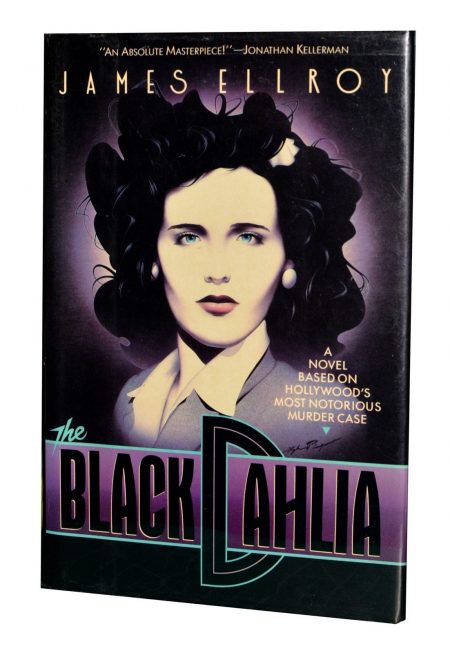

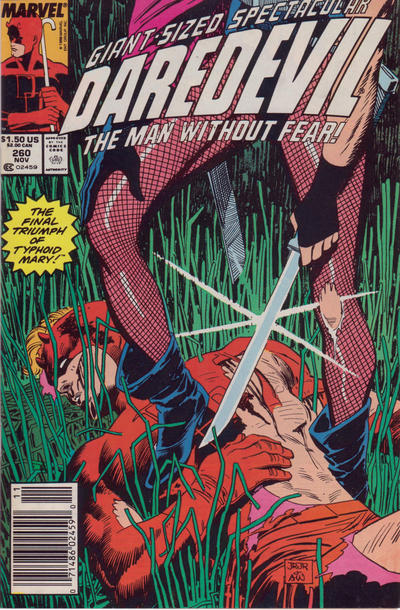


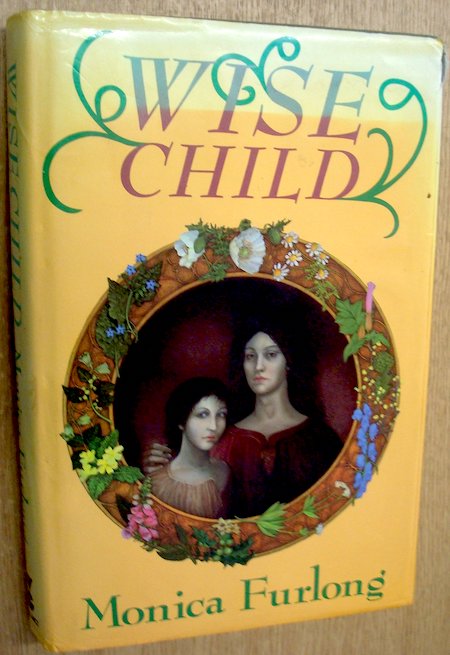
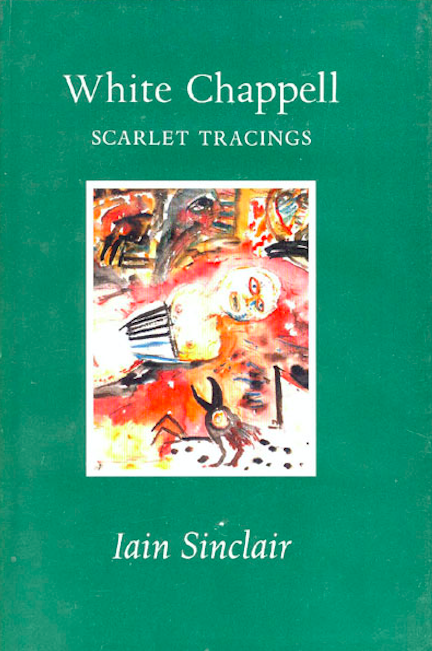
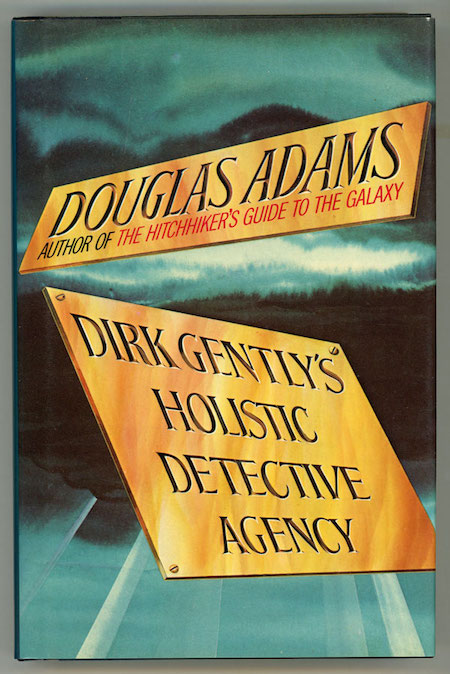
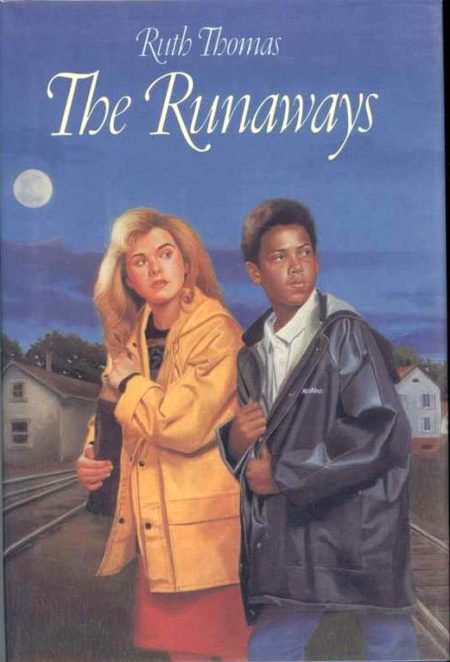
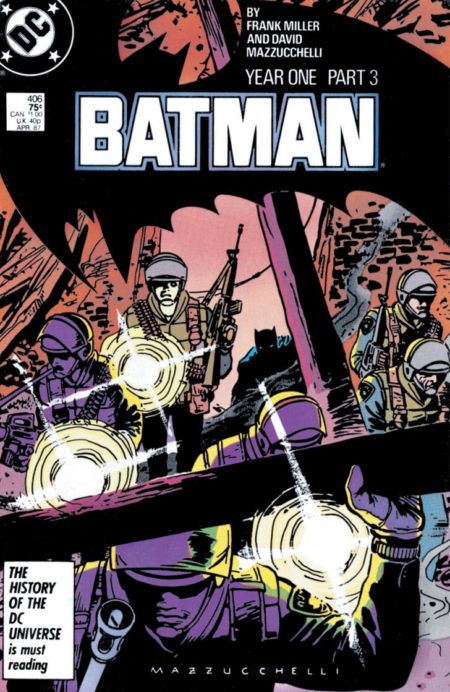
JOSH GLENN’S *BEST ADVENTURES* LISTS: BEST 250 ADVENTURES OF THE 20TH CENTURY | 100 BEST OUGHTS ADVENTURES | 100 BEST RADIUM AGE (PROTO-)SCI-FI ADVENTURES | 100 BEST TEENS ADVENTURES | 100 BEST TWENTIES ADVENTURES | 100 BEST THIRTIES ADVENTURES | 75 BEST GOLDEN AGE SCI-FI ADVENTURES | 100 BEST FORTIES ADVENTURES | 100 BEST FIFTIES ADVENTURES | 100 BEST SIXTIES ADVENTURES | 75 BEST NEW WAVE SCI FI ADVENTURES | 100 BEST SEVENTIES ADVENTURES | 100 BEST EIGHTIES ADVENTURES | 75 BEST DIAMOND AGE SCI-FI ADVENTURES | 100 BEST NINETIES ADVENTURES (in progress) | 1994 | 1995 | 1996 | 1997 | 1998 | 1999 | 2000 | 2001 | 2002 | 2003 | NOTES ON 21st-CENTURY ADVENTURES.
